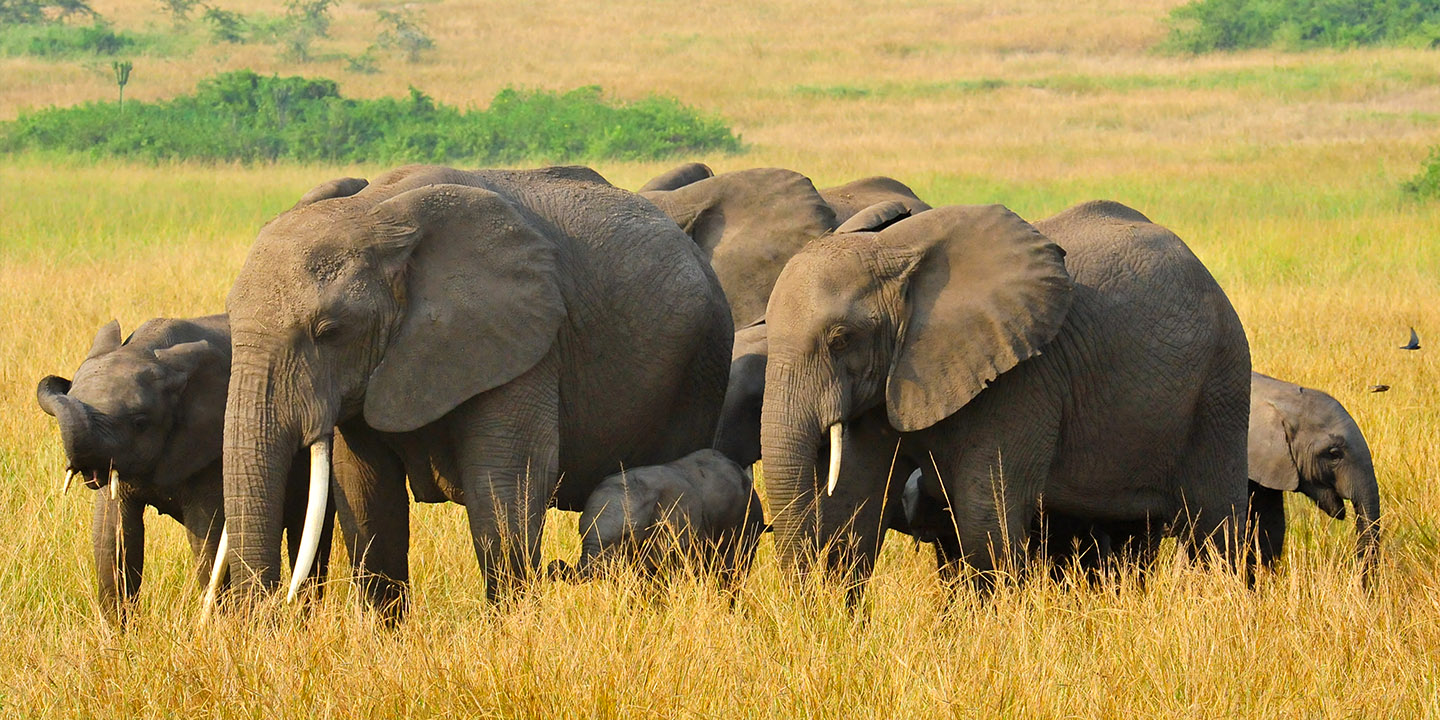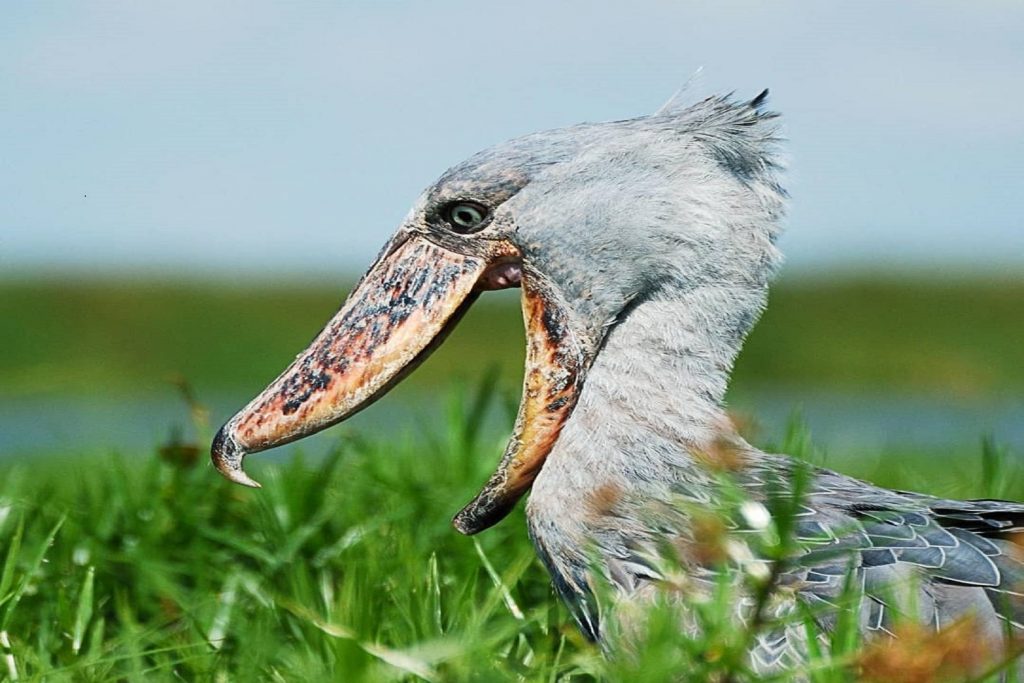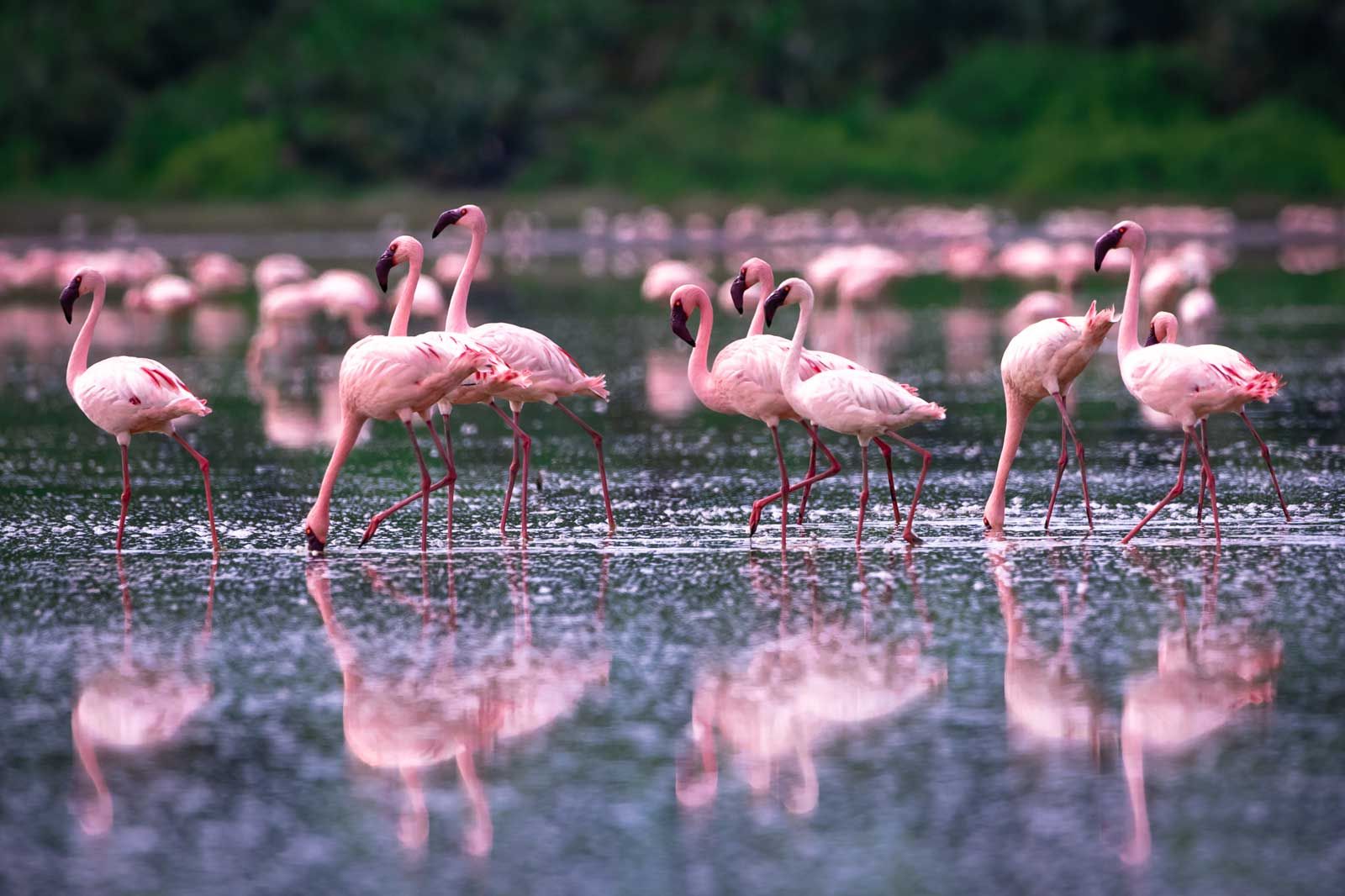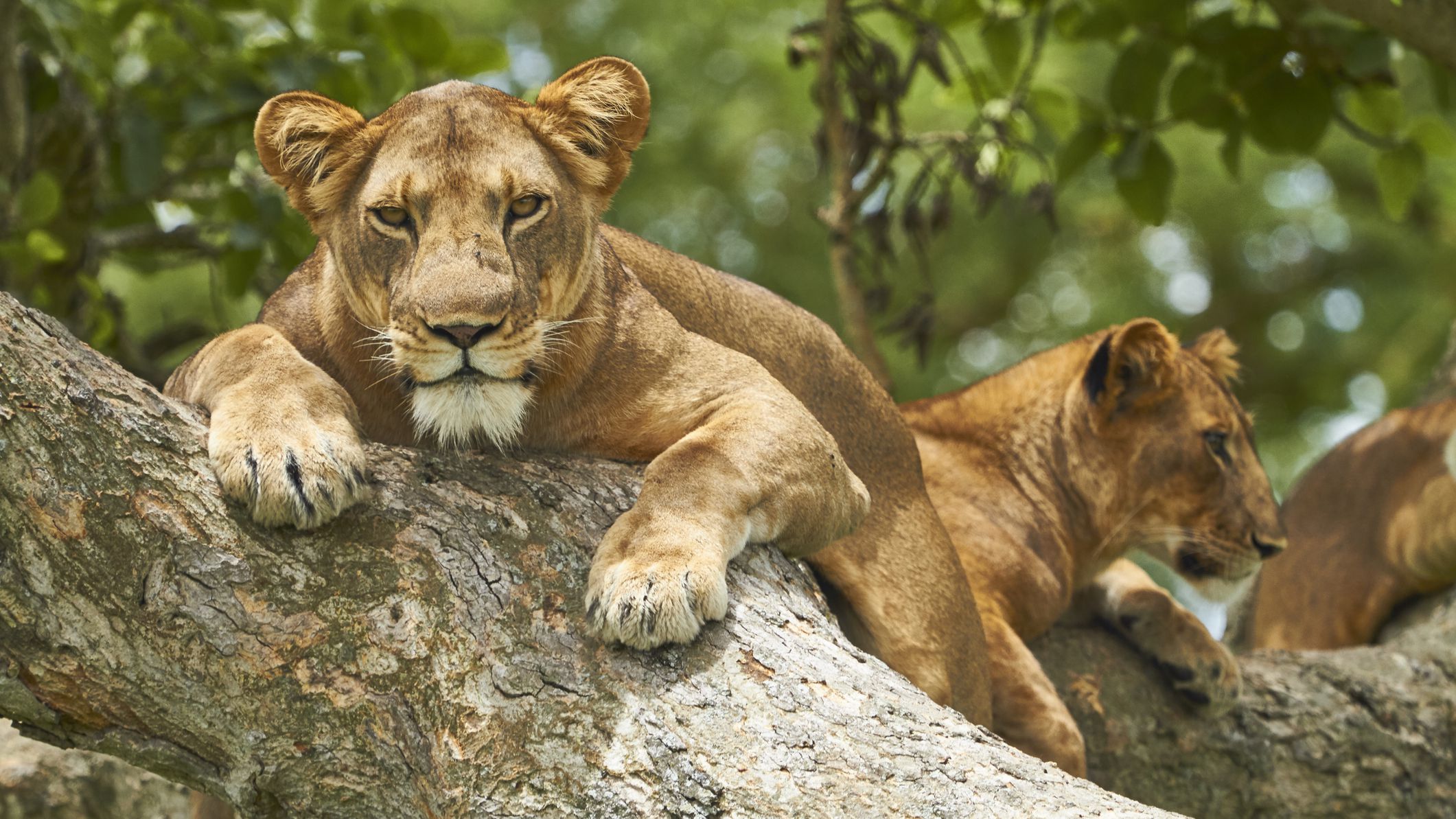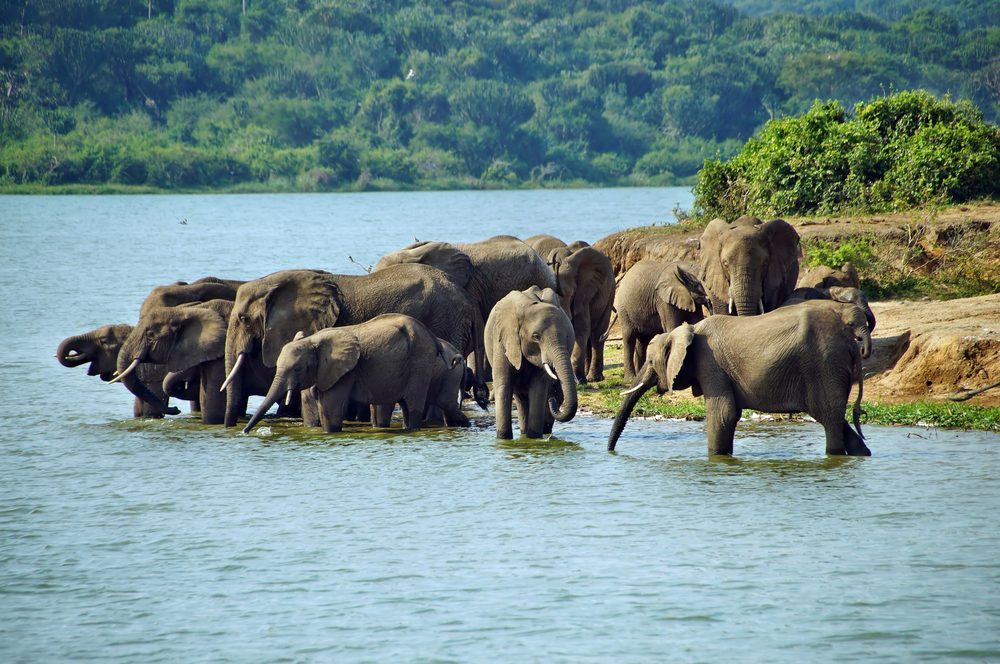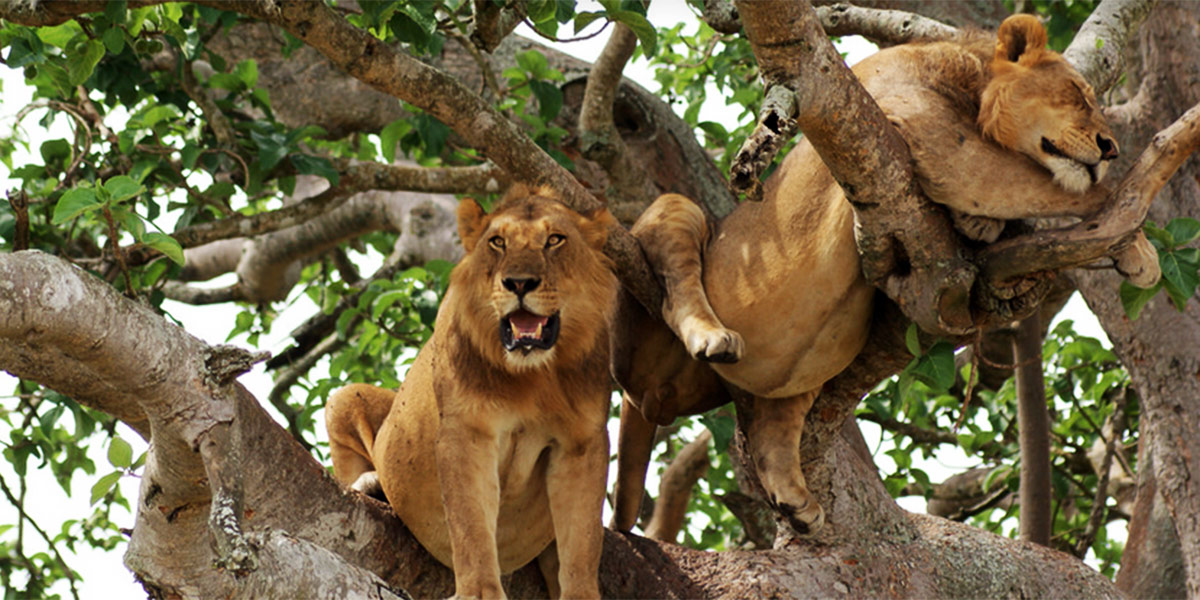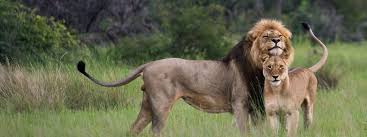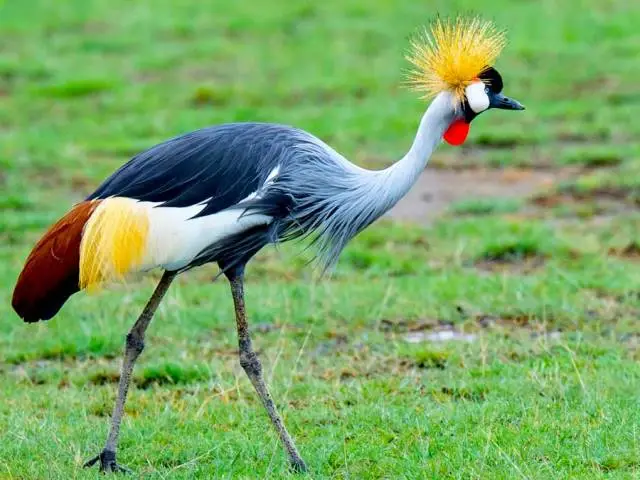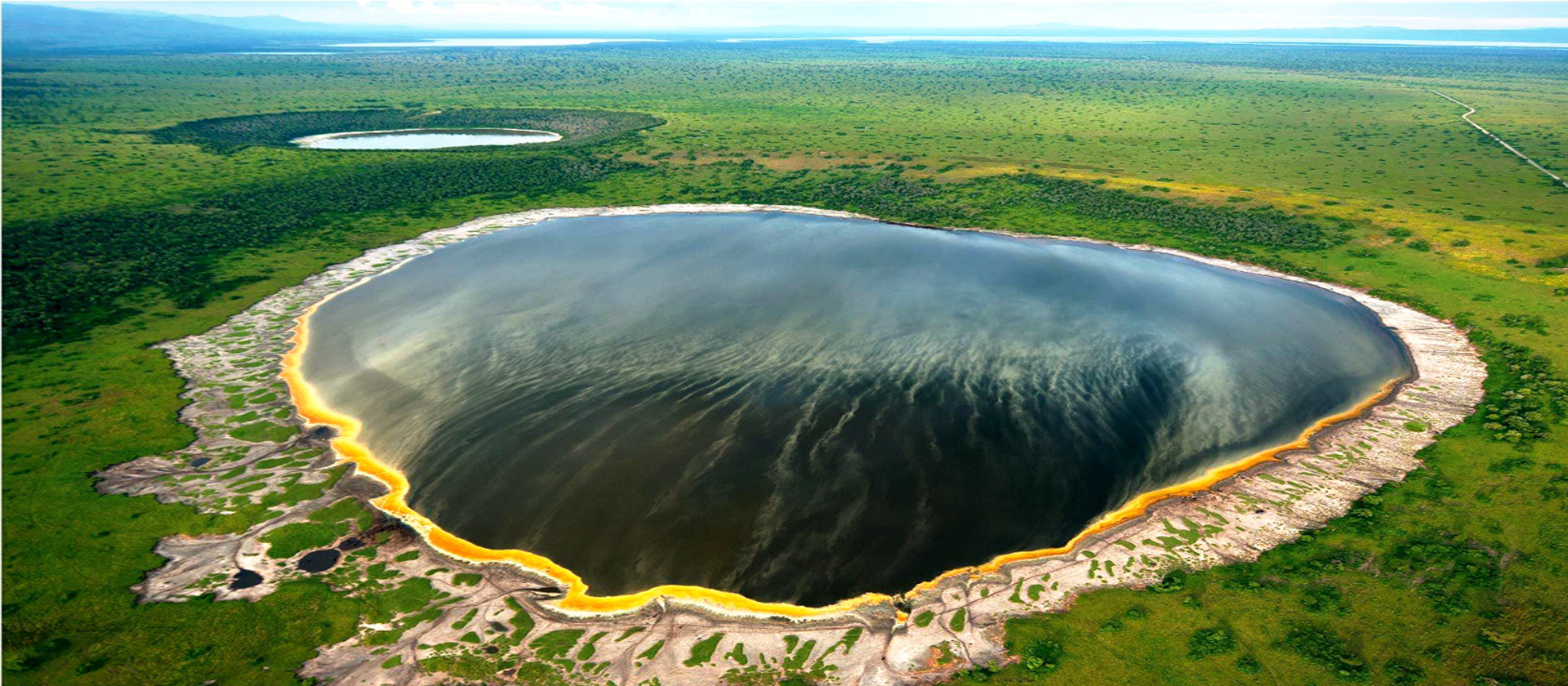Queen Elizabeth National Park
Queen Elizabeth National park

Queen Elizabeth National Park is one of Uganda’s most popular and biodiverse protected areas. Located in the western part of the country, the park spans approximately 1,978 square kilometers and is known for its rich variety of wildlife, stunning landscapes, and unique ecosystems.

Overview of Elizabeth National Park:

Queen Elizabeth National Park is a prime destination for those seeking a comprehensive African wildlife experience, combining rich biodiversity, stunning scenery, and cultural encounters. Whether you’re a wildlife enthusiast, a birder, or someone looking to explore the natural beauty of Uganda, this park offers something for everyone.
Diverse Landscapes:
- The park is characterized by a mix of terrain that includes rolling savannahs, thick forests, wetlands, and the Kazinga Channel, which connects Lake Edward and Lake George. The channel is one of the park’s most iconic features, drawing large numbers of wildlife, especially during the dry season, making it an ideal spot for boat safaris.
Kazinga Channel:
The Kazinga Channel is a 32-kilometer waterway that connects Lake Edward and Lake George. It is one of the park’s most significant attractions, known for its high concentration of wildlife. Visitors can enjoy boat cruises along the channel, offering close-up views of hippos, Nile crocodiles, elephants, and a wide variety of bird species.
Wildlife:
- Queen Elizabeth National Park is a wildlife haven, home to a rich array of species. The park is famous for its unique population of tree-climbing lions, particularly in the Ishasha sector. These lions, which are known to lounge in the branches of fig trees, are a rare phenomenon and a major draw for visitors. The park also hosts large herds of elephants and buffaloes, as well as other notable species such as leopards, hyenas, waterbucks, and the Ugandan kob.
Bird Watching:
With over 600 bird species recorded, Queen Elizabeth National Park is a paradise for bird watchers. The diverse habitats within the park support a wide variety of birds, including aquatic birds in the wetlands and water bodies, forest birds in the Maramagambo Forest, and savannah birds in the open grasslands. Notable species include the African Fish Eagle, Shoebill Stork, Great Flamingos, and several species of kingfishers, pelicans, and raptors.
Kyambura Gorge:
Crater Lakes and Volcanic Features:
The northern part of the park is dotted with dozens of explosion craters, some of which have filled with water to form crater lakes. These craters provide spectacular views and are a reminder of the park’s volcanic origins. Lake Katwe, one of the larger crater lakes, is known for its ancient salt mining practices, which continue to this day.
Cultural Experiences:
The park is surrounded by local communities, and there are several opportunities for cultural interactions. Visitors can engage with the local communities, learn about traditional lifestyles, and participate in activities such as traditional dance performances, craft making, and visits to local schools and homesteads. The nearby Katwe Salt Lake community is also an interesting visit, where you can learn about the traditional salt mining practices.
Conservation and Sustainability:
Queen Elizabeth National Park is part of the greater Queen Elizabeth Conservation Area, which includes the nearby Kyambura and Kigezi wildlife reserves. The park’s designation as a UNESCO Biosphere Reserve highlights its global importance for biodiversity conservation. Efforts are continuously made to balance the needs of conservation with those of the local communities who live around the park, ensuring sustainable tourism practices and the protection of wildlife.
Tourism Activities:
- Game Drives: Explore the park’s diverse landscapes and wildlife on guided game drives.
- Boat Safaris: Cruise along the Kazinga Channel for close encounters with hippos, crocodiles, and birds.
- Chimpanzee Tracking: Trek through Kyambura Gorge to see chimpanzees and other primates.
- Bird Watching: With over 600 species, the park offers exceptional bird-watching opportunities.
- Nature Walks: Enjoy guided walks through the park’s diverse ecosystems, including the Maramagambo Forest.
- Cultural Tours: Interact with local communities and learn about their traditional lifestyles.
Accessibility:
Queen Elizabeth National Park is easily accessible by road, approximately 400 kilometers (about a 6-hour drive) from Uganda’s capital, Kampala. The park is also served by several airstrips, with regular domestic flights from Entebbe and other major Ugandan cities.
Facts about Queen Elizabeth National Park
- Location: Southwestern Uganda.
- Size: Approximately 1,978 square kilometers.
- Named After: Queen Elizabeth II (visited in 1954).
- UNESCO Status: Designated as a UNESCO Biosphere Reserve.
- Major Lakes: Lake Edward and Lake George, connected by the Kazinga Channel.
- Unique Feature: Known for its tree-climbing lions, particularly in the Ishasha sector.
- Wildlife: Home to over 95 mammal species, including elephants, buffaloes, hippos, leopards, and tree-climbing lions.
- Bird Species: Over 600 bird species recorded.
- Notable Primates: Chimpanzees in Kyambura Gorge.
- Crater Lakes: Numerous volcanic crater lakes, such as Lake Katwe.
- Flora: Includes savannah grasslands, tropical rainforests, papyrus swamps, and crater lakes vegetation.
- Conservation Status: Part of the Queen Elizabeth Conservation Area.
- Accessibility: About 400 kilometers (6 hours) from Kampala, with regular domestic flights available.
Wildlife in queen Elizabeth National Park
Fauna of Queen Elizabeth National Park:
- Elephants
- Buffaloes
- Hippos
- Nile Crocodiles
- Tree-Climbing Lions
- Leopards
- Hyenas
- Ugandan Kobs
- Waterbucks
- Giant Forest Hogs
- Warthogs
- Topis
- Chimpanzees (in Kyambura Gorge)
- Colobus Monkeys
- Sykes Monkeys
- Mountains Bongo
- Over 600 Bird Species including:
- African Fish Eagle
- Shoebill Stork
- Great Flamingos
- Jackson’s Francolin
- Sunbirds
- Eagles
- Vulture
